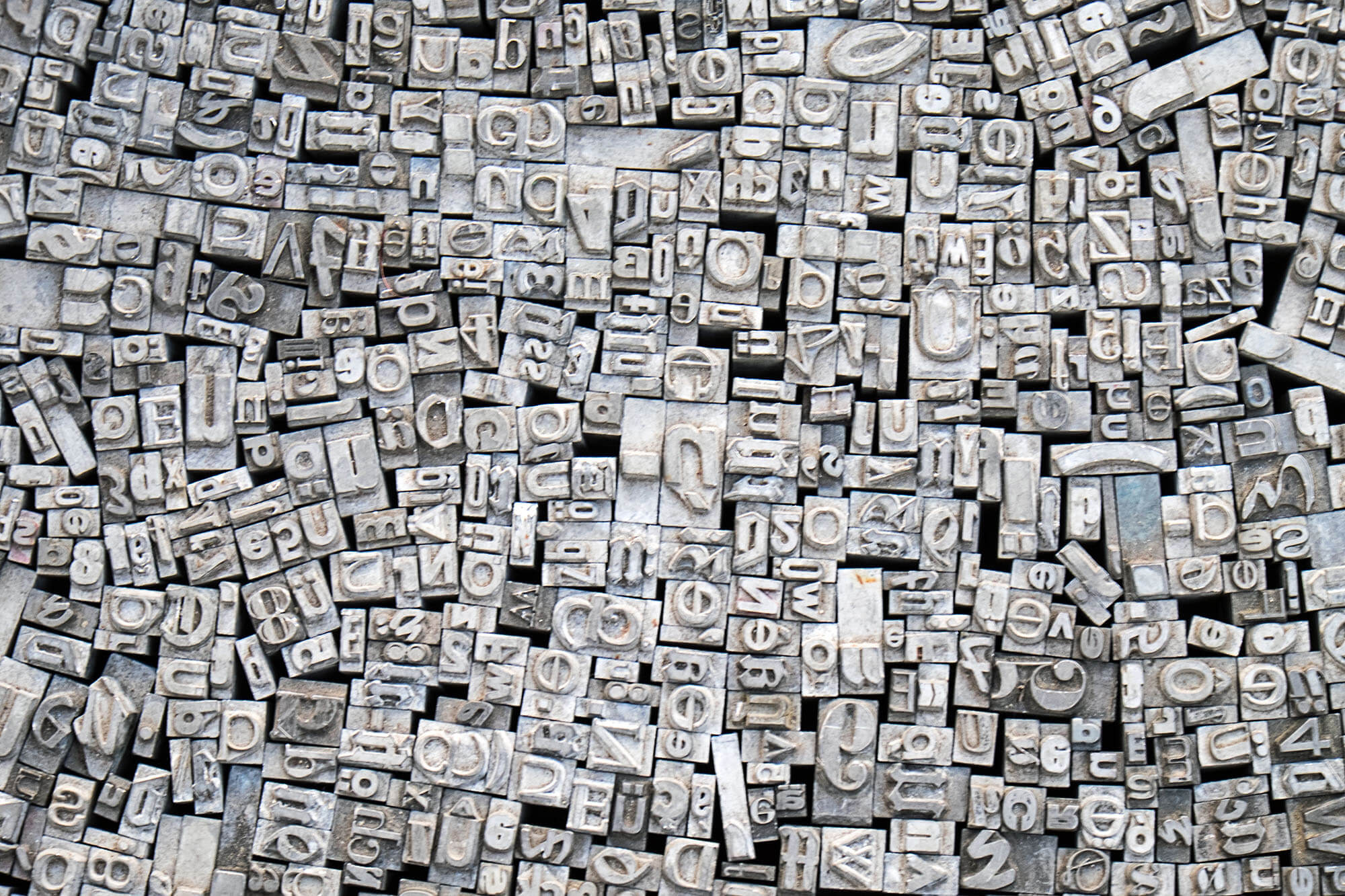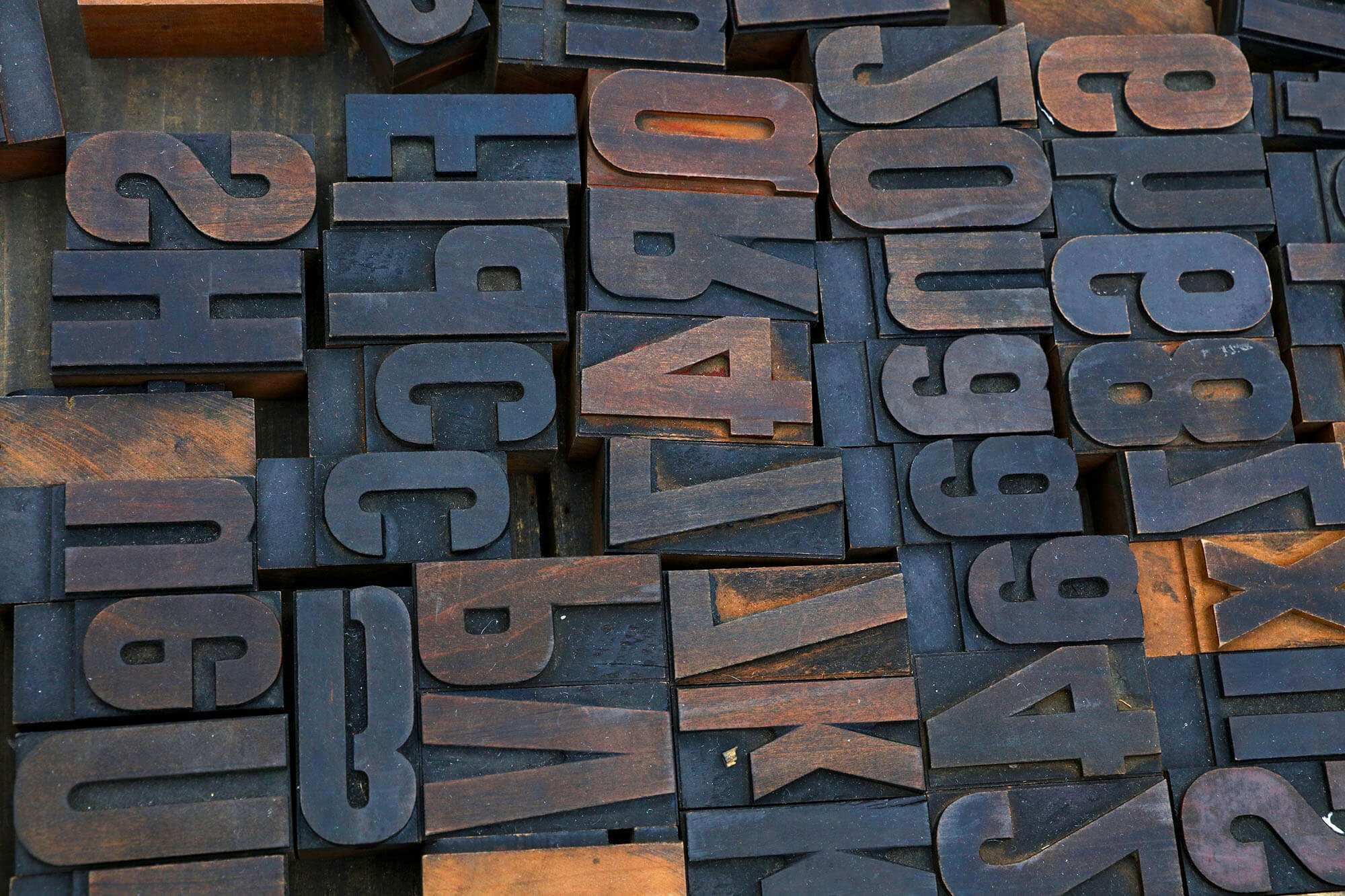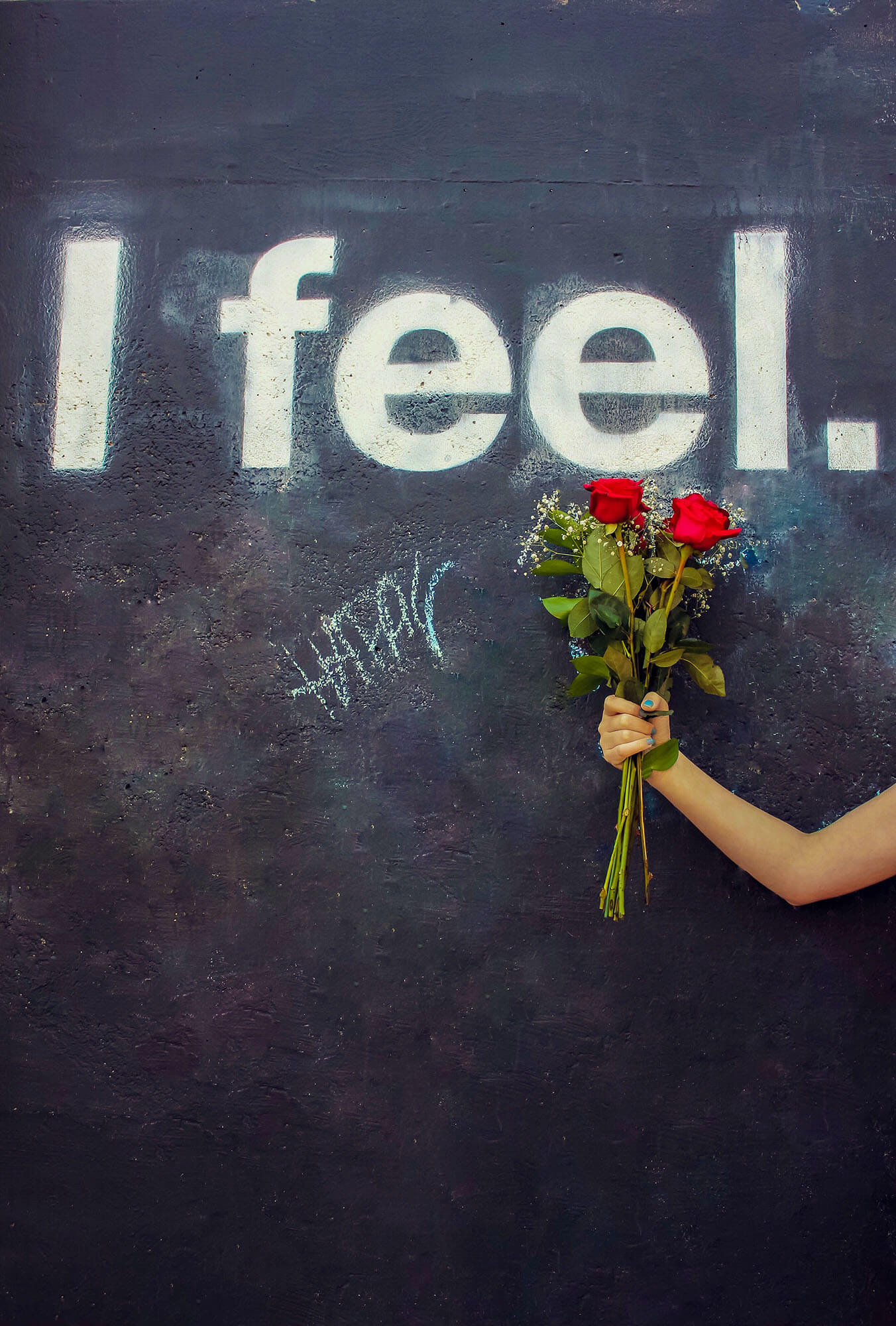The Importance of Typography in Graphic Design
Learn why typography is an essential aspect of graphic design and how it affects the overall look, feel and message of a design project. Discover the impact of font choice, line spacing, and letter placement on visual communication.
Introduction
Graphic design is all about communicating a message effectively and aesthetically. From logos and advertisements to websites and packaging, graphic design is everywhere, and it plays a crucial role in how people perceive a brand, product or service. Among the many elements that make up graphic design, typography is one of the most critical. In this article, we’ll explore the importance of typography in graphic design and why it’s essential to get it right.
The Power of Typography
Typography refers to the art and technique of arranging type to make written language legible, readable and appealing. It involves the use of different typefaces, font styles, sizes, and spacings to create a visual hierarchy and convey a message. In graphic design, typography is used to create visual interest and guide the viewer’s eye to specific information.
Typography can greatly influence the overall look and feel of a design project. The right typography choice can make a design look professional, modern, classic, or fun, while the wrong choice can detract from the design’s impact and lead to confusion.
The Elements of Typography
There are several elements of typography that are essential to consider when designing a project:
- Typeface: A typeface refers to the specific style of lettering used in a design. The typeface can greatly impact the tone and personality of a design.
- Font style: A font style refers to the variations within a typeface, such as regular, bold, italic, and light.
- Size: The size of the typeface used in a design can affect readability and the overall impact of the design.
- Spacing: The spacing between letters, words, and lines of text can impact readability and the visual impact of a design.
- Colour: The colour of the typeface used in a design can greatly impact its visual impact and legibility.
Choosing the Right Typography
Choosing the right typography for a design project can be a challenging task, but it’s essential to get it right. When selecting typography, consider the following:
- The purpose of the design project: The typography should be selected based on the message and the audience being targeted.
- The tone of the design project: The typography should reflect the tone of the design project, whether it’s professional, fun, modern, or classic.
- Readability: The typography should be easy to read and not detract from the overall message of the design.
- Legibility: The typography should be legible even when viewed from a distance or in small sizes.
The Importance of Typography in Visual Communication
Typography is an essential aspect of visual communication, and it can greatly impact how a message is received by the audience. In graphic design, typography is used to guide the viewer’s eye to specific information, create visual interest, and convey the overall tone and personality of a design. The right typography choice can make a design look professional, modern, classic, or fun, while the wrong choice can detract from the design’s impact and lead to confusion.
The Impact of Typography on Brand Identity
Typography is a critical aspect of brand identity, and it can greatly impact how a brand is perceived by the audience. A brand’s typography should reflect its personality and tone, and it should be consistent across all materials, including logos, advertisements, websites, and packaging. A consistent typography choice helps to create a recognizable and memorable brand identity, while the wrong choice can confuse customers and damage a brand’s reputation.
FAQs
- What is typography in graphic design?
Typography in graphic design is the art and technique of arranging type to make written language legible, readable, and appealing. It involves the use of different typefaces, font styles, sizes, and spacings to create a visual hierarchy and convey a message.
- Why is typography important in graphic design?
Typography is essential in graphic design because it greatly impacts the overall look and feel of a design project. It also plays a crucial role in visual communication and can guide the viewer’s eye to specific information, create visual interest, and convey the overall tone and personality of a design.
- What should be considered when choosing typography in a design project?
When choosing typography in a design project, consider the purpose of the project, the tone of the design, readability, and legibility. The typography should reflect the message and the audience being targeted, and it should be easy to read and not detract from the overall impact of the design.
The links provided offer a selection of books about Typography in Graphic Design
- Design, Typography etc.: A Handbook
- Typographic Systems of Design: Frameworks for Type Beyond the Grid
- Typography: A Manual of Design
- Typography: A Very Short Introduction
- Calligraphy Kit: A complete kit for beginners
Conclusion
In conclusion, typography is a critical aspect of graphic design and visual communication. It can greatly impact the overall look and feel of a design project and how a message is received by the audience. When designing a project, it’s essential to consider the purpose of the project, the tone of the design, readability, and legibility when choosing the right typography. The Importance of Typography in Graphic Design cannot be overstated, and it’s essential to get it right to create a professional, impactful and memorable design.



Comments
Liam P.
Costin Constantinescu
Sophia
Costin Constantinescu
Michael
Costin Constantinescu
François
Costin Constantinescu